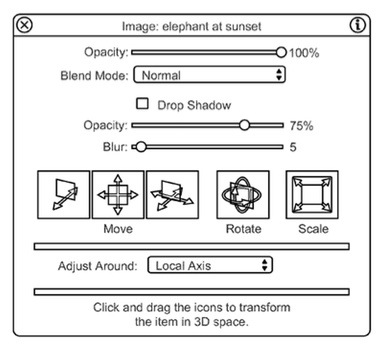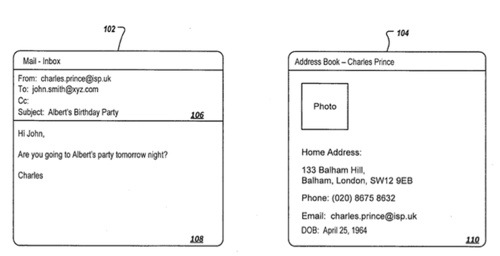An Apple patent (number 8300055) has appeared at the U.S. Patent & Trademark Office and shows that Apple is working on an user interface for controlling three-dimensional animation of an object.
Per the patent a user can control the animation of an object via an interface that includes a control area and a user-manipulable control element. The control area includes an ellipse. The user-manipulable control element includes a three-dimensional arrow with a straight body, a three-dimensional arrow with a curved body, or a sphere. In one embodiment, the interface includes a virtual trackball that is used to manipulate the user-manipulable control element.
Here’s Apple’s background on the invention: “In the last few decades, computers and software have been used to animate objects. Initially, animation software was complicated and difficult to use. A user was generally required to interact with objects using a low level of abstraction. For example, a user would manually create different visual representations of an object (keyframes) and then use software to interpolate between them.
“Recently, animation software has become more user-friendly, enabling a user to interact with objects at a higher level of abstraction. For example, a user may animate an object by applying a “behavior” to the object. A behavior is an animation abstraction and can be thought of as a macro, script, or plugin. When a behavior is applied to an object, the object is animated in a particular way (e.g., by growing or shrinking or by moving in a specific direction). Some examples of animation software that support behaviors are Anark Studio and Macromedia Director MX.
“Although behaviors make it easier to animate objects, software that supports behaviors can still be difficult to use. Many types of behaviors may be applied to one object, and each type of behavior can be customized based on several parameters. Understanding each of these parameters and its effect on the behavior can be confusing. Providing values for all of these parameters can also be time-consuming. What is needed is a better user interface for animating objects using behaviors.”
The inventors are Gregory E. Niles, Guido Hucking and Brian Edward Walsh.



